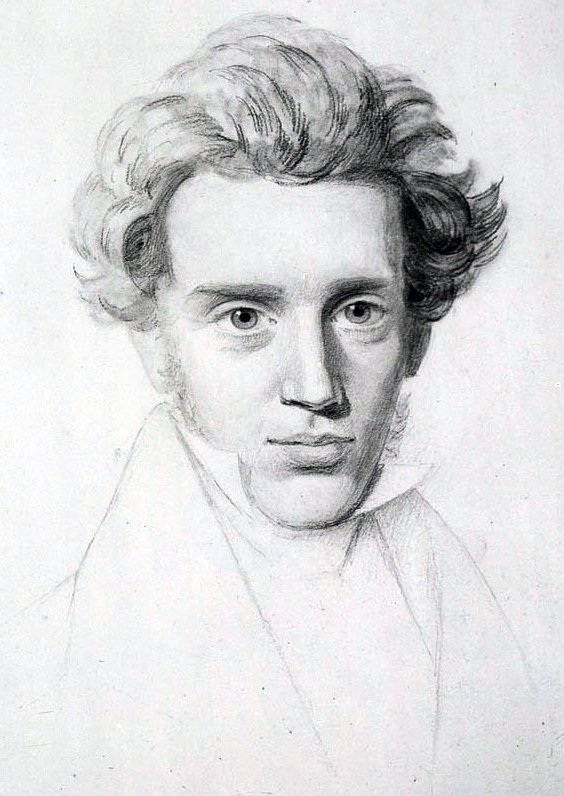UNknown
Self Portrait 🔴
Oil on Canvas
Intense head studies like the present one, with the sitter’s face fixed squarely on the viewer are generally self-portraits and they became popular with artists in the second half of the 19th century.
They suggest a self-reflection verging on the obsessive and dispense with the accessories that suggest status or the costume that can confine a portrait to a period and place. They also typify the world-weary soul and anticpate tortured modern masters such as van Gogh and Edvard Munch, who between struggling for their sanity (and their next meal), produced an improbable number of self portraits.
Self-portraits particularly appeal to struggling artists, for they employ the cheapest, the most reliable of models. The artist is also on intimate, if not friendly terms, with the subject.
Perhaps they capture the prevailing pessimism of the time? Taking inspiration from figures such as Kierkegaard and Schopenhauer, who believed that meaning derived from lived experience, or from psychologists like Sigmund Freud, busily exploring the inner chambers of the mind.
That only the face is illuminated, and that one side of it is partially in shadow, would suggest that it was painted under electric spotlights. A similar effect of light and dark can be seen in David Jagger’s self portrait of 1928, painted in his studio under “artificial light.
Detail from Edvard Munch Self Portrait Etching, c1895
Edvard Munch (1863-1944)
Self Portrait David Jagger
Oil on Board, 1928
Bonhams, London (14 June 2017)
Unfinished Portrait Soren Kierkegaard (1813-1855) -
Niels Christian Kierkegaard
Royal Library Copenhagen
Self Portrait Oscar Björck (1860-1929)
Oil on Canvas, c1920
National Museum of Sweden




